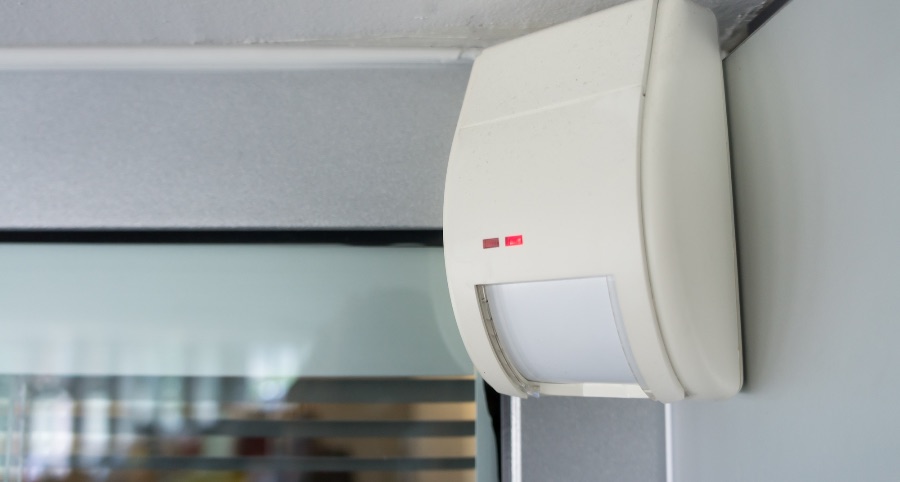How Do Motion Detectors Work In Bozeman?

You’ve probably got a fairly decent understanding of what motion detectors do merely based on their name. Of course, they detect movement, but how precisely do they work? Take a minute to explore the technology that drives them and the many types of sensors you might encounter. You’ll get a deeper understanding of how they work and how you can integrate them into your contemporary smart home.
What is the technology that powers motion detectors?
Sensing movement can be performed in a few distinct ways, but motion detectors are typically grouped into either of these categories - active or passive.
● Active motion detectors: These sensors are viewed as active, as they regularly broadcast transmissions like microwaves and then assess the rate of response. Movement is indicated when the response time changes. While microwave sensors are most often found, you’ll also discover active motion detectors that use sound waves or infrared light.
● Passive infrared (PIR) motion detectors: Often seen within home defense systems, PIR motion detectors operate by recognizing shifts in the ambient temperature. Essentially, the component notes what the standard temperature should be within a specified area. If there are instant surges of heat, like an invader creeping across the room, the device observes it and triggers your alarm system. Since they aren’t actively broadcasting signals, passive detectors generally need less power and are less expensive to run.
Besides passive and active, you could come across hybrid motion detectors that utilize multiple technologies. These can help minimize false alarms, as each sensor must be activated before the warning siren goes off. Other alternatives include vibration motion detectors and tomographic sensors that are often employed in bigger industrial buildings.
How to incorporate Bozeman motion detectors
The chief goal of motion detectors is to identify activity within a given area, generally up to 50 feet away. You’ll usually find them incorporated into outdoor floodlights or as freestanding devices within your home. When activity is noticed, they’ll initiate your alarm and inform your dedicated monitoring staff.
But contemporary motion detectors are more versatile than at any time before. In fact, they are able to interact directly with other smart equipment. For example, if activity is recognized, they might trigger your lighting to turn on or your surveillance device to commence recording. They might even signal your smart thermostat to modify the temperature.
Get instant updates and alter settings for pets
One more great benefit of modern motion detectors is that you’ll have instant updates dispatched to your mobile phone whenever the detector is activated. If you have pets, you can even prevent false alarms by customizing settings to accommodate the size of your furry family members.
Design Your Vivint Smart Home With Motion Detectors in Bozeman
Now that you have a greater understanding of how motion detectors work in Bozeman, it’s a good time to incorporate them into your contemporary smart home. Vivint’s motion detectors oversee wide areas, offer wide-angle capability, and last for many years without requiring a battery replacement. They’ll also work in harmony with your additional home automation devices. Are you prepared to begin? Dial (406) 926-0255 to consult with a skilled Vivint representative today.